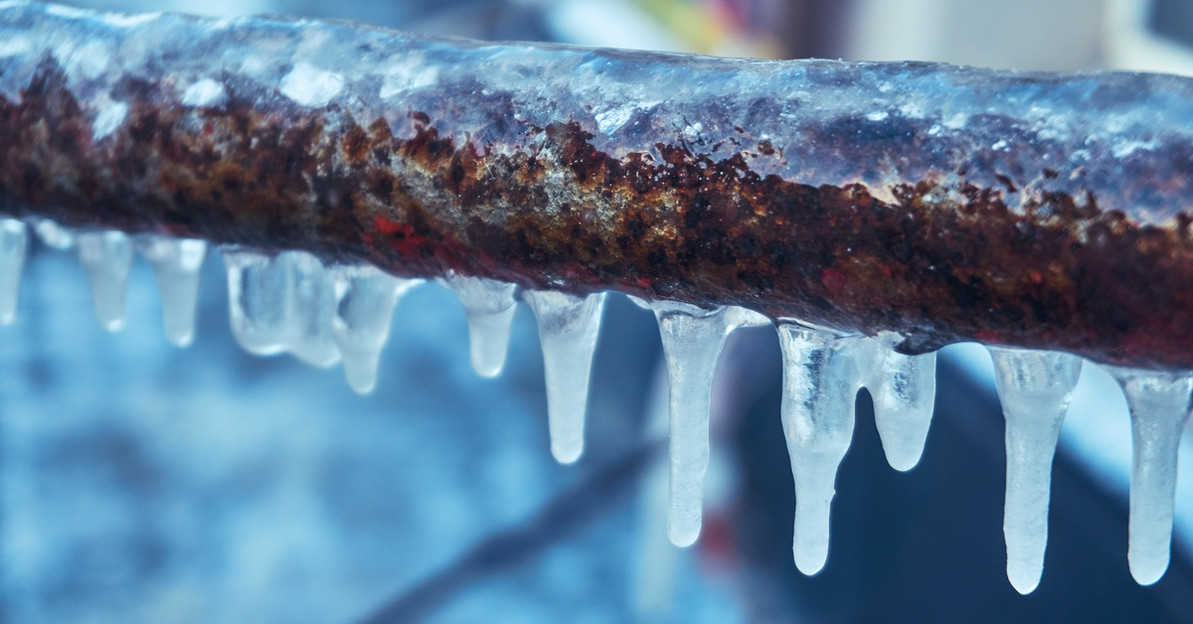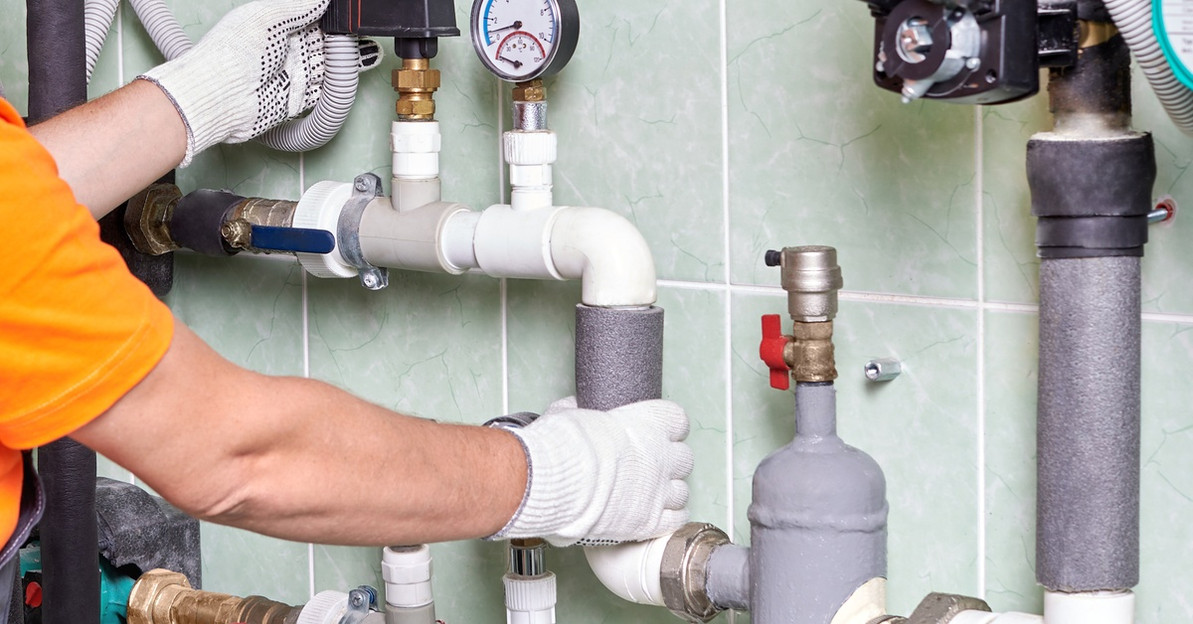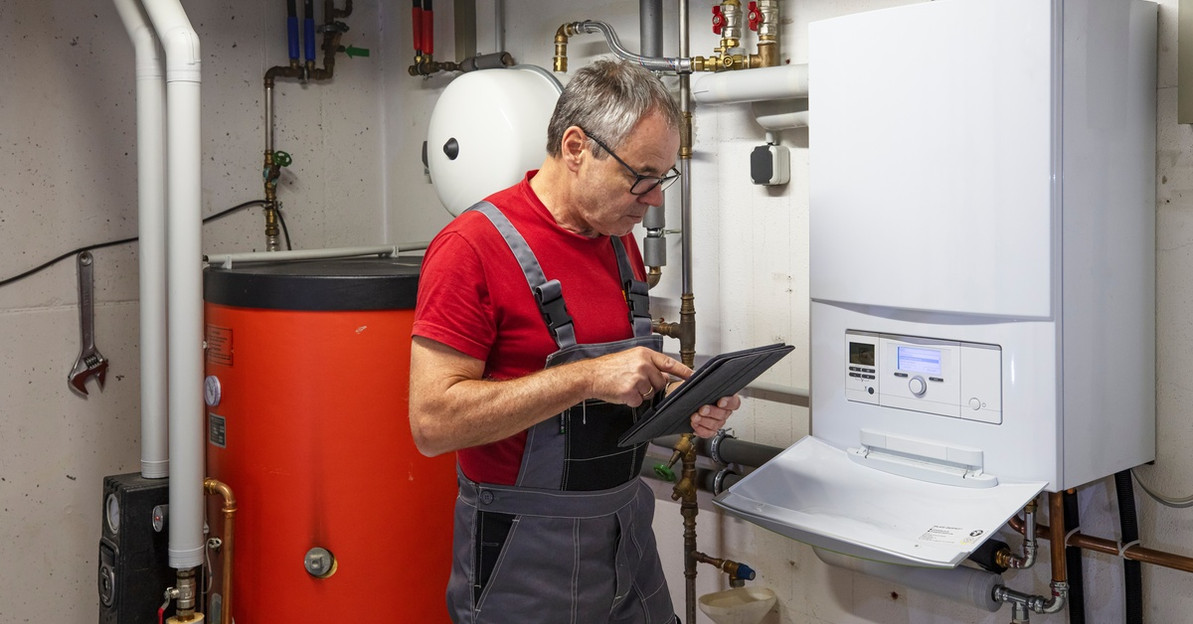A Quick Guide to Residential Sprinkler Systems
While sprinkler systems are not mandatory according to most building codes, installing one in your home could be a good idea if you’re worried about fires. Many common misconceptions stop homeowners from installing a sprinkler system; for example, you may think that a fire in a single room sets off the entire system. However, that is not so.
24hr Supply has compiled a handy guide to residential sprinkler systems to clear up misconceptions and provide more information about sprinkler systems’ many benefits.
The Basic Sprinkler System
For most homes, a single sprinkler in each room provides adequate coverage in the event of a house fire. Sprinkler designs vary from manufacturer to manufacturer, but many incorporate a small bulb filled with liquid that expands when it detects heat. When the bulb bursts, the sprinkler in that room activates.
Many sprinkler systems designed for residential use feature a flow alarm that sounds when the sprinklers turn on. You can also install alarms outside your home to alert neighbors and contact the fire department when your system activates.
Types of Sprinklers
There are a few different types of sprinklers you can install in your system, each with its own modes of activation and benefits for your home.
Wet Pipe
Wet pipe sprinkler systems are the most common choice for residential applications. When a room reaches a predetermined heat level, sprinklers release pressurized cold water from your pipes.
Dry Pipe
These types of sprinklers are commonly used in buildings that are not heated or frequently occupied. The system takes longer to activate, as the pipes are filled with either pressurized air or nitrogen gas. When air starts to leak out of those pipes, cold water rushes through the sprinkler heads.
Deluge
In high-rise apartment buildings or other areas where rapid fire damage is a serious concern, plumbing experts may install deluge sprinklers. The nozzles for these sprinklers are always open, so water can spray right away when the alarm triggers the release valve.
Pre-Action
In buildings that are susceptible to water damage, plumbers install pre-action sprinkler systems, which combine wet and dry pipe types. There is no water stored in the pipes until a fire is actually detected; when the alarm goes off, then water travels to the sprinkler heads.
Standalone vs. Multi-Use
While all types of residential sprinkler systems use the home’s water supply, a standalone system requires its own separate piping. Luckily, you can find these plumbing supplies online, including everything from flexible tubing to storage tanks.
Meanwhile, a multi-use sprinkler system uses residential plumbing pipes that are already in place. Multi-use sprinkler systems ensure that the water shooting through your sprinklers is not stagnant or filled with bacteria.
If you want an added layer of protection against fires in your home, why not install a residential sprinkler system? This quick guide from 24hr Supply gives you the foundational knowledge you need to be proactive and start shopping for sprinkler system supplies.
Recent Posts
-
How To Prevent Frozen Pipes Throughout Winter
Winter brings unique challenges for property management companies, maintenance crews, and plumbing c …Oct 21st 2025 -
Integrating Water Heaters With Building Management Systems
When you think about building management systems (BMS), water heaters probably aren’t the first thin …Oct 6th 2025 -
Recirculation Loop and Pump Options for Tankless Systems
Waiting for hot water can be frustrating. It wastes your time, your water, and your money. Fortunate …Sep 23rd 2025





